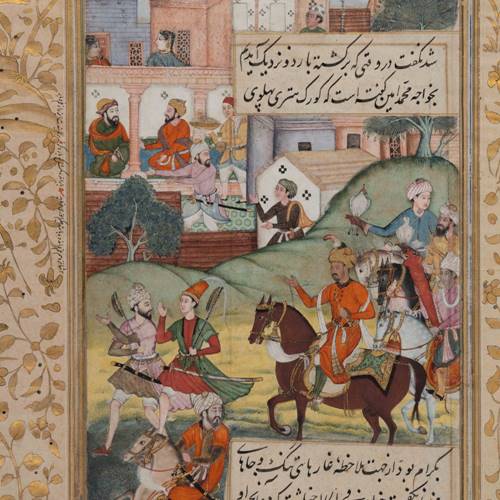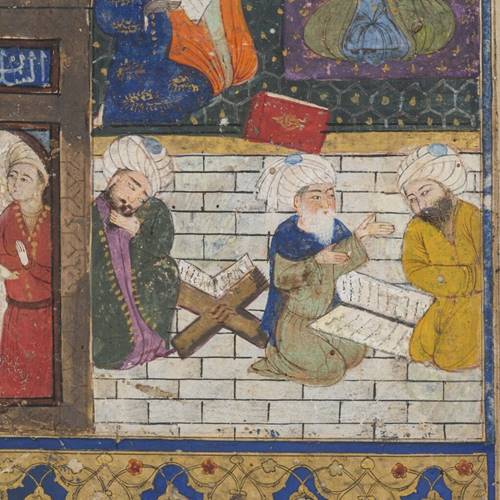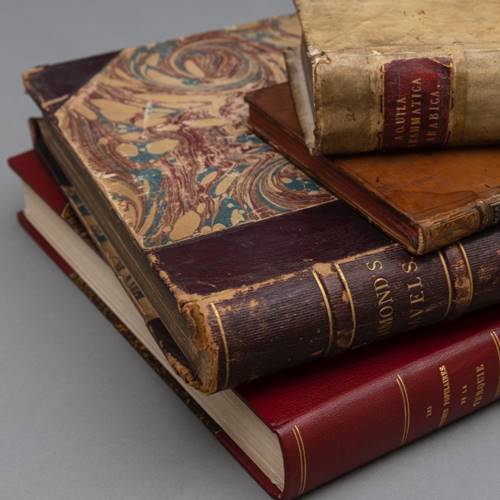
Our material heritage worldwide is affected by environmental conditions that vary considerably.
None is free from the ravages of time and environment. In Southeast Asia, in particular, there is a need for suitable conservation facilities with qualified and skilled professionals to make a concerted effort to preserve Islamic heritage. As an educator and custodian of Islamic art and crafts for present and future generations, IAMM sees the conservation, restoration and preservation of artefacts as a necessary part of its mission.
Through research and training, the IAMM Conservation Department also works toward furthering knowledge in order to develop preservation techniques applied to Islamic art within Southeast Asia.
The Conservation Team is made up of professional conservators and restorers capable of dealing with the needs of the collection and with the potential to service other national and international museums and collections. The conservators are all university graduates with backgrounds in fine art, chemistry and applied science and have undergone extensive training conducted by both local and international experts. Conservation at IAMM is a truly interdisciplinary endeavour and the various backgrounds of the team members reflect the diversity of objects and materials presented at IAMM.
IAMM is committed to working with external individuals and organisations to develop the field of conservation of Islamic art and has undertaken collaborative work with both local and international organisations as well as hosting interns at the Conservation Department with the aim of training these young conservators of the future.
Specialisations
Learn more on how the IAMM Conservation & Research is organised.
Organic Materials Laboratory
Paintings | Manuscripts | Prints | Textiles | Wood | Bone | Horn | Ivory, …
Two purpose-built, adjacent, laboratories equipped with state-of-the-art equipment are utilized in the conservation of organic materials. Objects treated and restored include paper, parchment, textile, leather and other organic substances – all thoroughly examined and professionally treated, accompanied with proper documentation. All findings contribute to the museum’s research, education and exhibition activities, as well as to the publications and the extensive collection of exhibition catalogues.
Organic Material Objects are technically/scientifically, those objects whose make-up contains combinations of the elements carbon and hydrogen and they are either of animal or plant origin. Objects of Organic Material Origin where made from former living organisms such as Animals (e.g. wool, silk, leather, feathers, fur, horn, shell, bone, teeth and ivory) and Plants (e.g. wood, basketry, cotton and linen). They are mostly composed of fibres and are highly sensitive to al kinds of Agents of Deterioration. The most “challenging” work of a conservator starts, when caring for the wellbeing of Composite Materials or Composite Objects, objects which are made from, e.g. wood and inlayed with metal, or bone and shell. The different materials require different treatment, environmental conditions and conservation approach, which can only be done in an interdisciplinary teamwork.
Mount and Display Design
The Object Mounting for Support & Display
Working in a museum demands multi-tasking and an inter-disciplinary approach. Preparing a good and educational display requires utmost teamwork. The best research-based storyline, with the most exquisite historical important artefacts, is not “coming to life” without the adequate presentation.
Humans are more depending on their eye-site, the visual impact and the “Pictures” they see, as commonly assumed, but there is also the often heard saying “One Picture can tell more than a 1000 Words”.
The process of mount making and mounting is, on the one hand important for visual presenting and educational purposes, but also on the other hand for safe-keeping of objects, while handled and presented.
Display and Mount-making Specialists are working with Conservators and Curators, on the best presentation possible, without compromising the integrity and safety of the historically valuable and important objects of Islamic Arts and Master Crafts.
Analytical Laboratory
Applied Chemistry – Research, Analysis & Treatment
Analysis in a laboratory context is the process of breaking a substance into smaller parts to gain a better understanding of it. The analysis of the materials which compose an historic object, reveals information on the technology and the nature of deterioration as well as contributing to the development of safe and ethical conservation strategies. The Analytical Laboratory is equipped with stereo, compound and polarising light microscopes, an ultraviolet light inspection station, a climate chamber for conducting experiments into the ageing process of materials and a reference database of historical materials, used by Islamic Master Craftsmen and Artists. The Analysis of materials used in the manufacturing of the, now, Artefacts, reveals furthermore details of the technology, techniques and, last not least, the mind-set of our ancestors and predecessors.
Research on artefacts, is including technical examination of objects and manufacturing techniques; physical and chemical condition of objects and surfaces, including analysis of inks and pigments. Scientific research on conservation/restoration methods and techniques, from an Islamic viewpoint, is another focus of the Analytical Laboratory. All work is done by specialised chemist(s), in cooperation with highly trained and experienced Conservators.
Inorganic Materials Laboratory
Ceramics | Glass | Glaze | Metals | Alloys | Gemstones,….
The latest technology in material inspection and treatment are incorporated into the care for inorganic materials. A purpose built laboratory, fully equipped with conservation grade working materials as well as the proper professional tools and equipment, are utilized to ensure maximum care and handling during object treatment. The inorganic lab inquires with great interest on materials such as glass, metals, ceramics and stone – all examined and treated with full professionalism and science-based documentation of facts and findings.
Objects of Inorganic Material are those, which were never animate. They tend to be crystalline in nature, rather then fibrous and are generally more stable and, naturally, longer lasting then materials of organic nature, but not without their own specific problems. Stone, glass, ceramics, glaze, metals and most of the pigments are examples of inorganic materials and show their own way of aging and natural decoration [e.g. rusting of iron]. Objects of a composition of materials, e.g. gold and silver, brass and bronze, react also physically and chemically (with each other) if not taken care of. Bone and Ivory on iron are not only of different origin (bone/ivory is organic material, Iron is of inorganic origin) need the special care of conservation specialist. The same applies to ceramics, mounted with metal spouts and decorations. A science-based Interdisciplinary approach and teamwork is highly required and provided.


